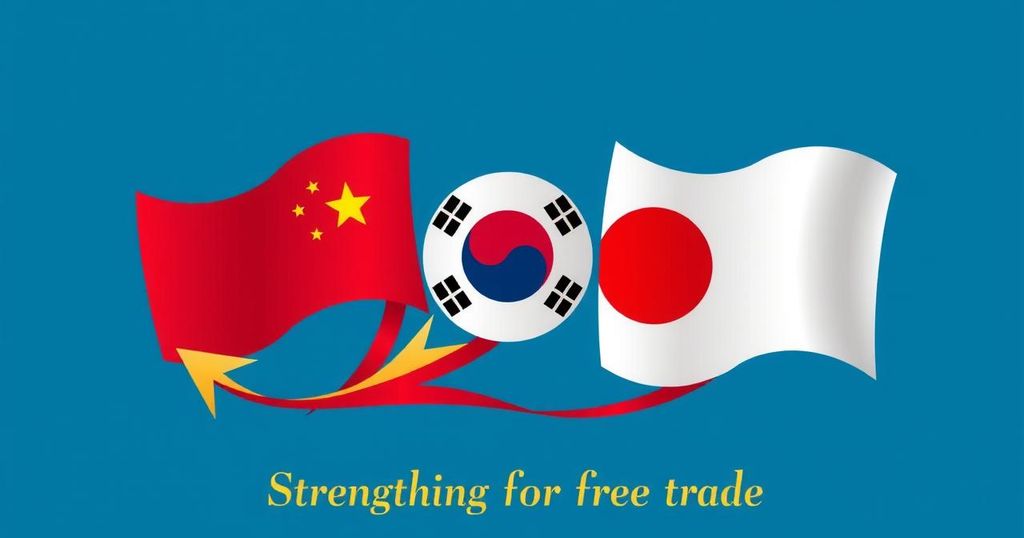Trump’s Executive Order on Voter Identification: Implications and Comparisons
On March 25, 2025, President Trump signed an executive order requiring proof of citizenship for U.S. federal election registration, citing India’s voter ID system as a model. The order compares U.S. voting practices with those of other countries like Brazil, Germany, and Canada. Critics argue that it could disenfranchise various voters, especially people of color, as similar measures have previously failed to pass in Congress. Legal challenges are expected.
On March 25, 2025, United States President Donald Trump issued an executive order calling for significant electoral reforms, emphasizing the need for documentary proof of citizenship to register for federal elections. He cited India’s voter identification system as an example supporting the objective of ensuring honesty in electoral processes, asserting that “free, fair, and honest elections are essential to the United States.”
The order highlighted how the U.S. electoral practices fall behind those of other nations, notably comparing the United States with India and Brazil, where voter identification is linked to a biometric database. This contrasts with the U.S. method, which predominantly relies on self-attestation regarding citizenship.
In addition to India and Brazil, the executive order referenced countries such as Germany and Canada for their utilization of paper ballots, and Denmark and Sweden for their restrictions on mail-in voting. These comparisons were made to underscore what Mr. Trump perceives as failures in the U.S. voting system.
Despite Mr. Trump’s assertions of widespread electoral fraud in his 2020 loss, voting rights advocates have warned that the proposed policy would disenfranchise many voters, particularly people of color, who may lack the necessary identification. Previously, the Republican-led House of Representatives attempted to pass a similar measure banning non-citizen voter registration, which was unsuccessful in the Senate.
Mr. Trump stated, “We’ve got to straighten out our elections… this country is so sick because of the elections, the fake elections and the bad elections, we’re going to straighten that out one way or the other.” It is anticipated that the executive order will face legal challenges going forward.
President Trump’s executive order aims to implement stricter voter identification measures in the United States, drawing comparisons to electoral systems in India and Brazil. While promoting transparency and security in elections, the order has sparked concerns among voting rights advocates regarding potential disenfranchisement of marginalized communities. The controversy surrounding the implementation and anticipated legal confrontations remains a pivotal aspect of this initiative.
Original Source: www.thehindu.com








Post Comment